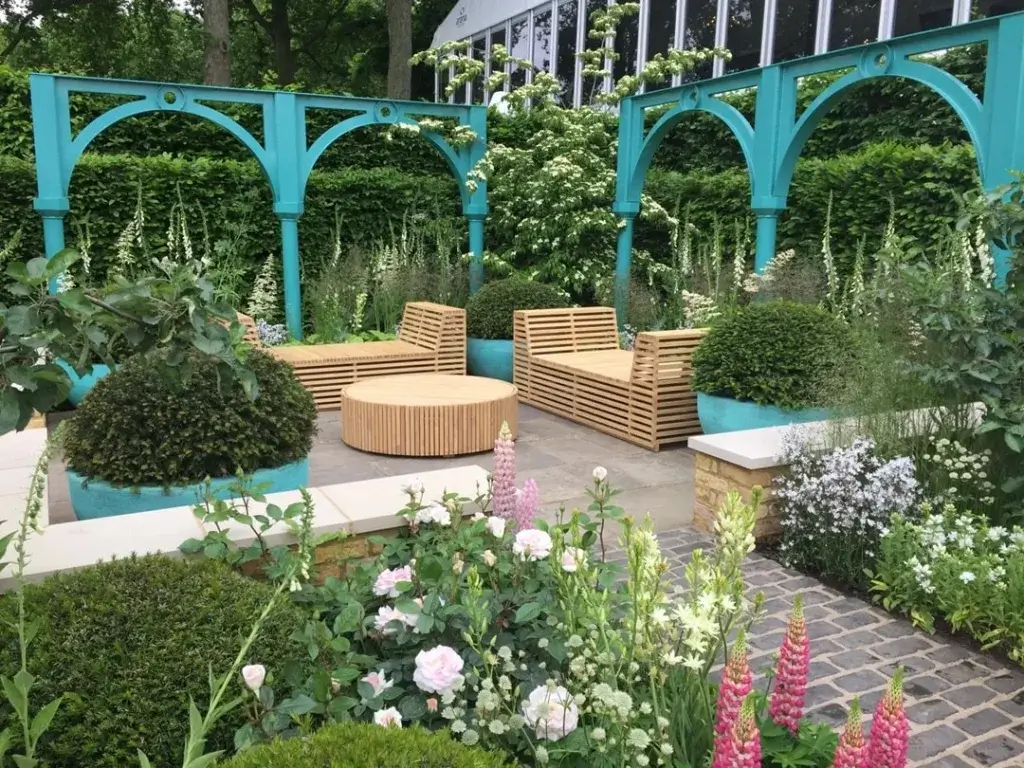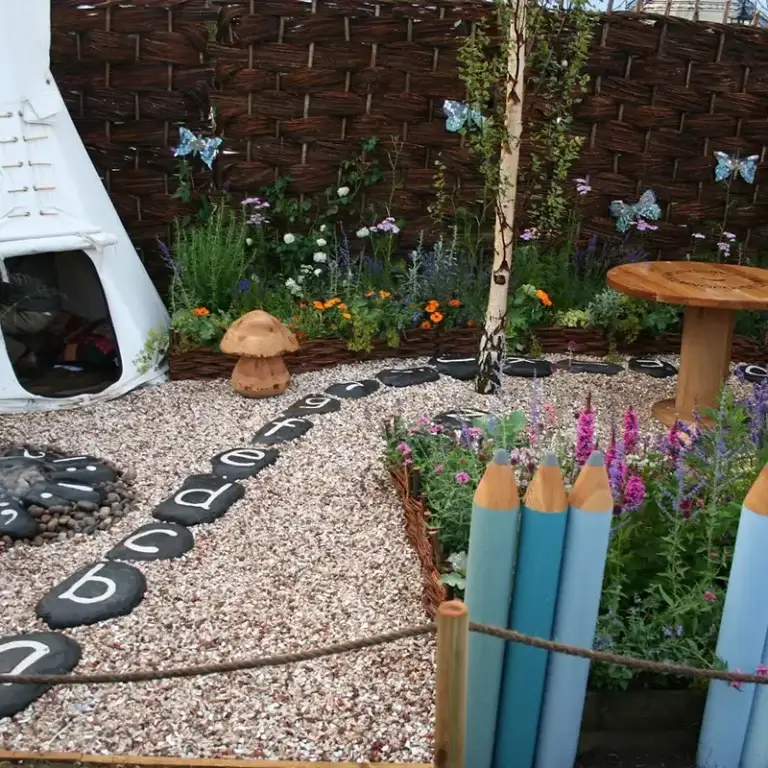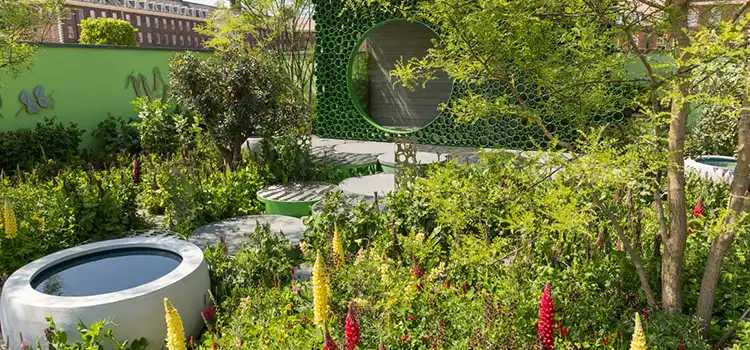Simple Garden Design Tips
Big Borders
Most traditional British gardens have a slim shrub and flower border around the fenceline. This can make your garden look small and does not show off the planting as well as is possible in your space.
Make the borders wider, go as wide as you can, maybe make one side of your garden have a really deep flower and shrub border – you will never regret it! You can also add flower beds into the central areas of your garden, seperate these by paths or grassed areas and create garden “rooms”.
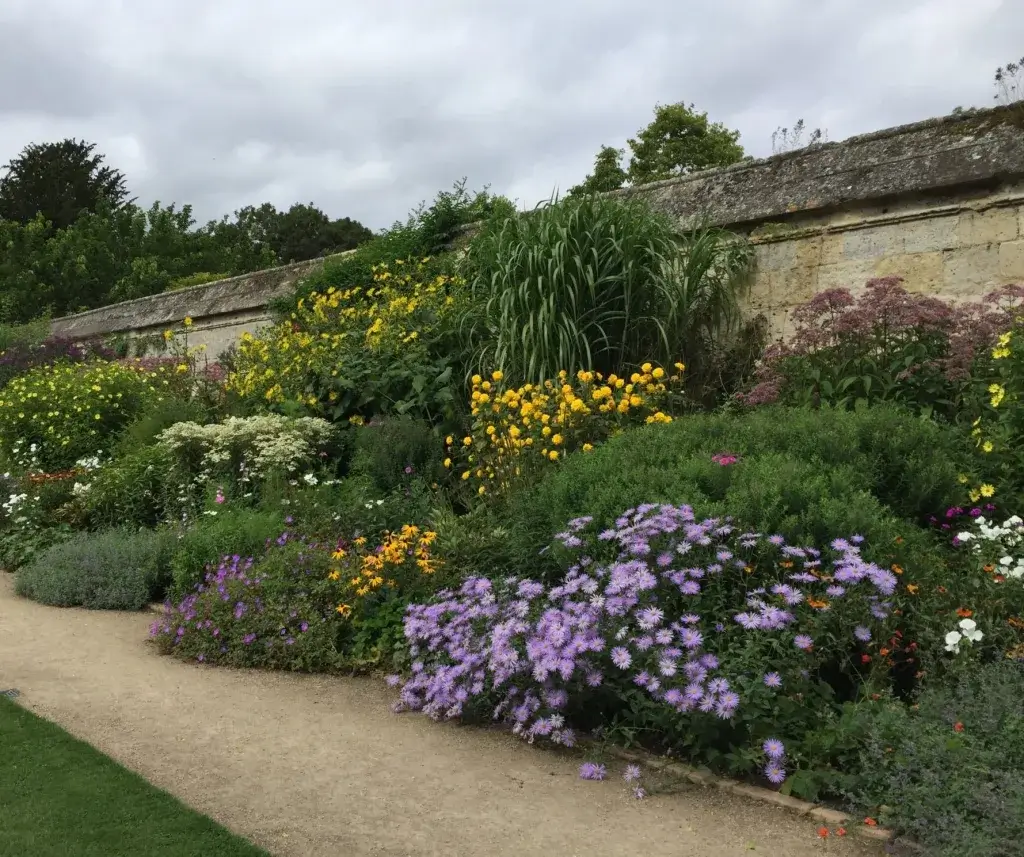
Use Sounds
Don’t underestimate the importance of sound in a garden. Whether it’s the trickling of a water feature or a breeze rustling through grasses and shrubs, it will help to create a peaceful, serene atmosphere. If the source of the sound is initially hidden, it will prompt visitors to discover its origin.
Always make sure to use a water feature that fits with the size and the design of your garden. For small gardens a solar powered fountain or a small wildlife pond will make all the difference to the feel of your garden space.
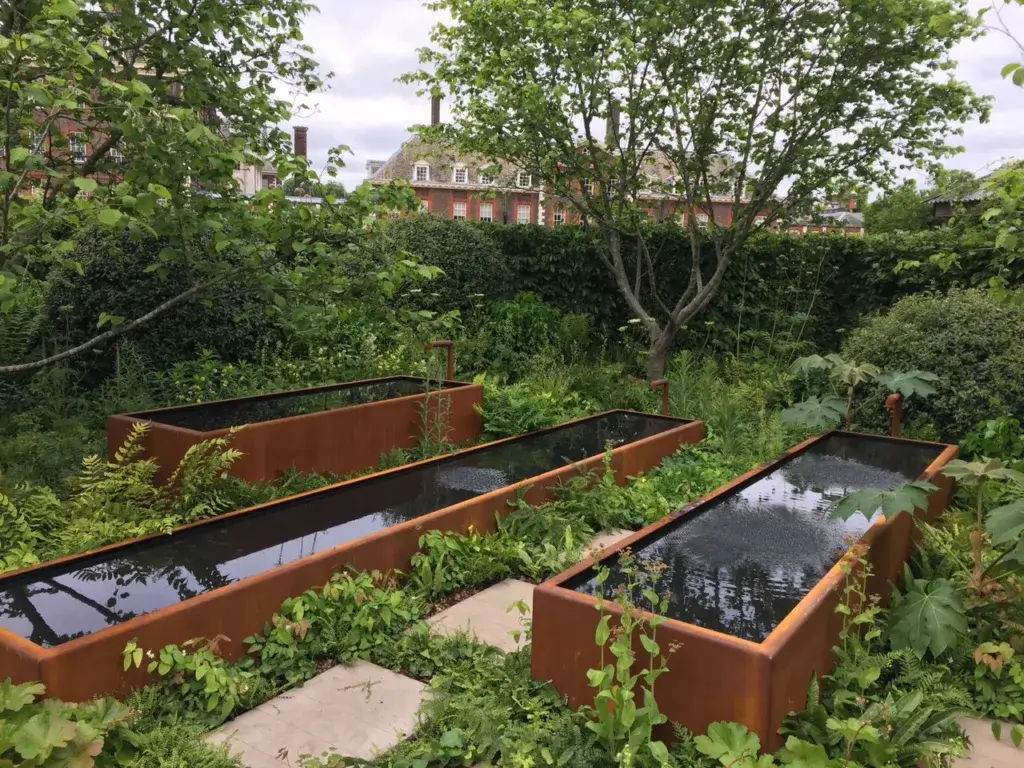
Secluded Seating Areas
Unless you don’t have any immediate neighbours, most gardens will overlooked to some degree by other houses. Around the tops of boundaries you can grow climbing plants to block out any gaps, while for seating areas, a pergola is invaluable. Covered with an array of climbing plants it’ll help to block the seating from view and create a cool, shaded area if you need a break from the sun.
Locate your seating wisely as you want to ensure it is in the best place for you. For example if you like to sit outside for a morning cup of tea then go outside in summer at that time and mark out exactly where the sun is at its best and put your seating there. The same goes for if you want to have some evening meals outdoors, just head outside at 5pm, or whenever you eat, and mark out where the sun or shade suits you best!
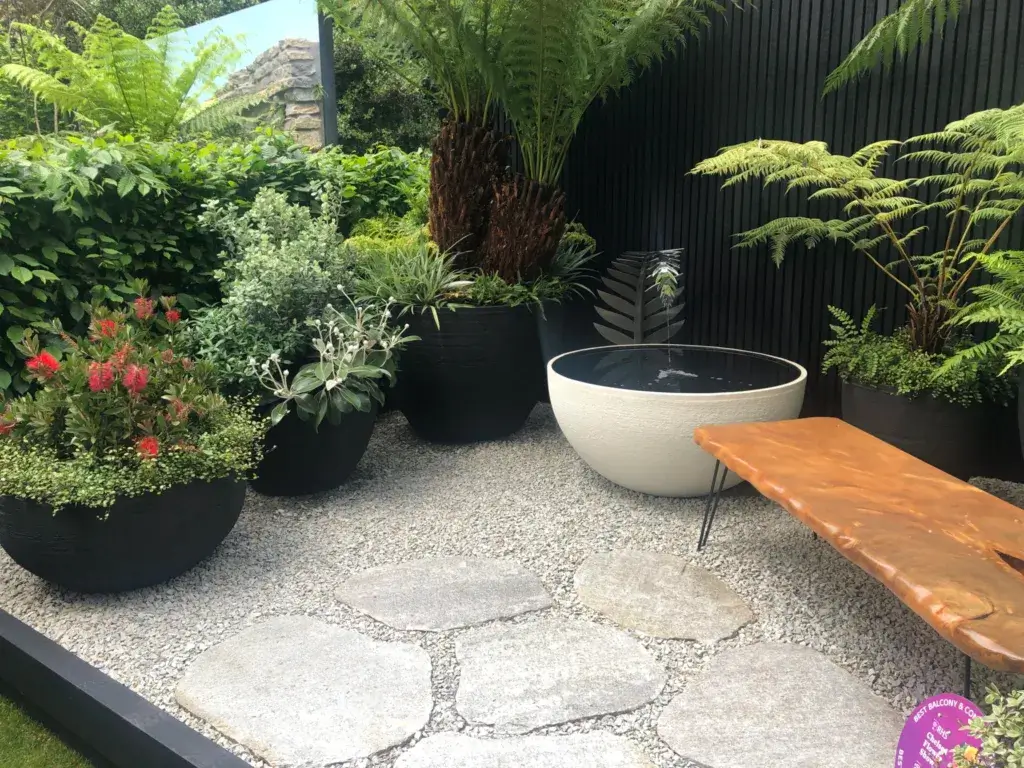
Plan Your Planting
The best garden designs start with structural plants infilled with pretty, flowering plants. So use evergreen shrubs at the end of each border and as punctuation along the way. Include small shrubs such as box or large evergreens, for example mahonia, for bigger areas.
Once you have this frame, fill the gaps with pretty flowering plants. Try to stick to just five or six different types and arrange them in repeated patterns for a coordinated and harmonious effect. A metre or more in depth is a perfect size for a border, giving you enough space to put smaller plants at the front with taller ones behind.
Remember, narrow, low-planted beds can define seating or dining areas, as can lines of planted-up troughs – choose evergreen scented plants, such as lavender. Containers offer the most flexibility though, allowing you to move them around however suits.
